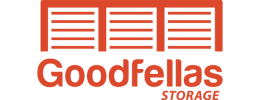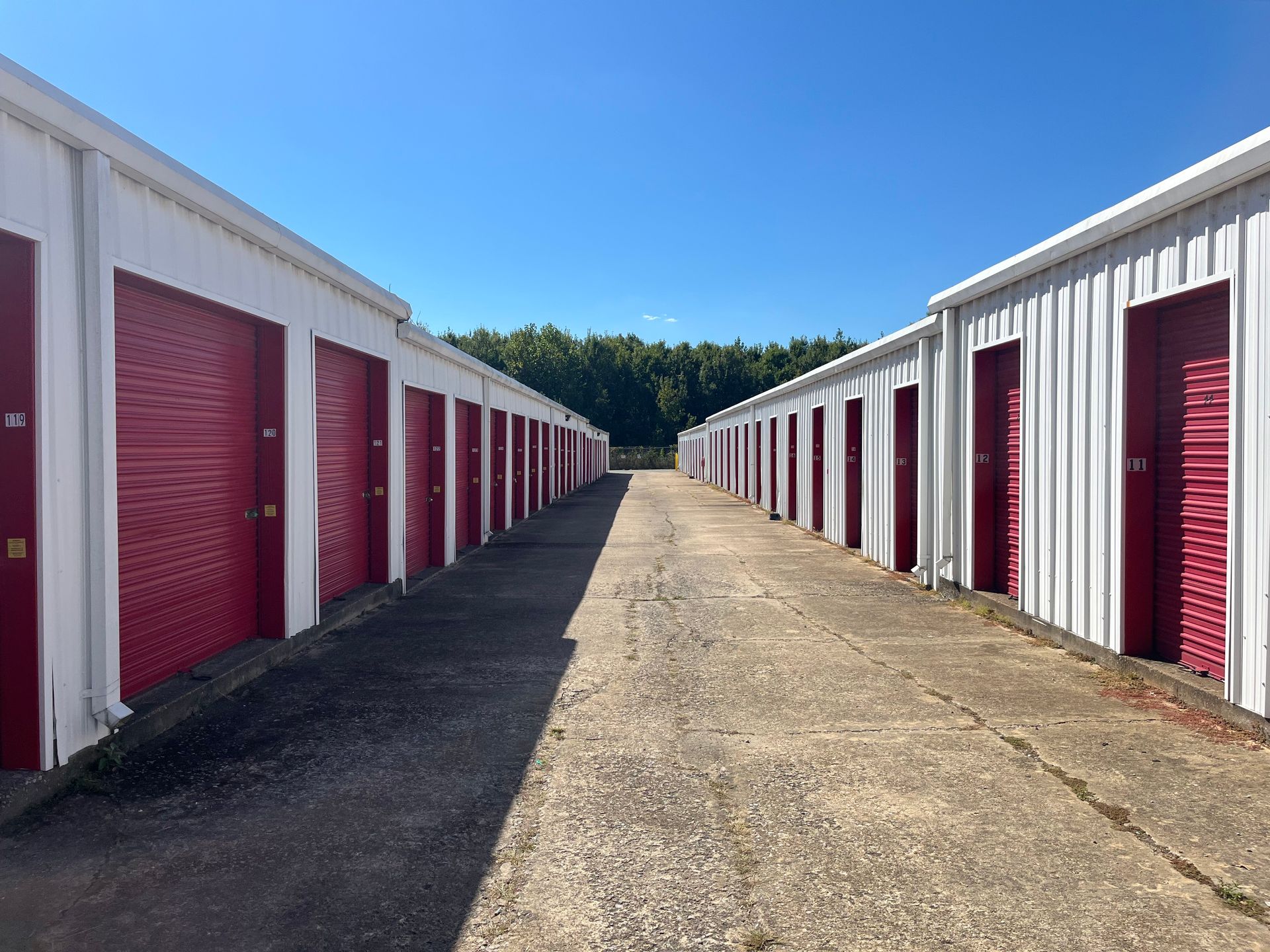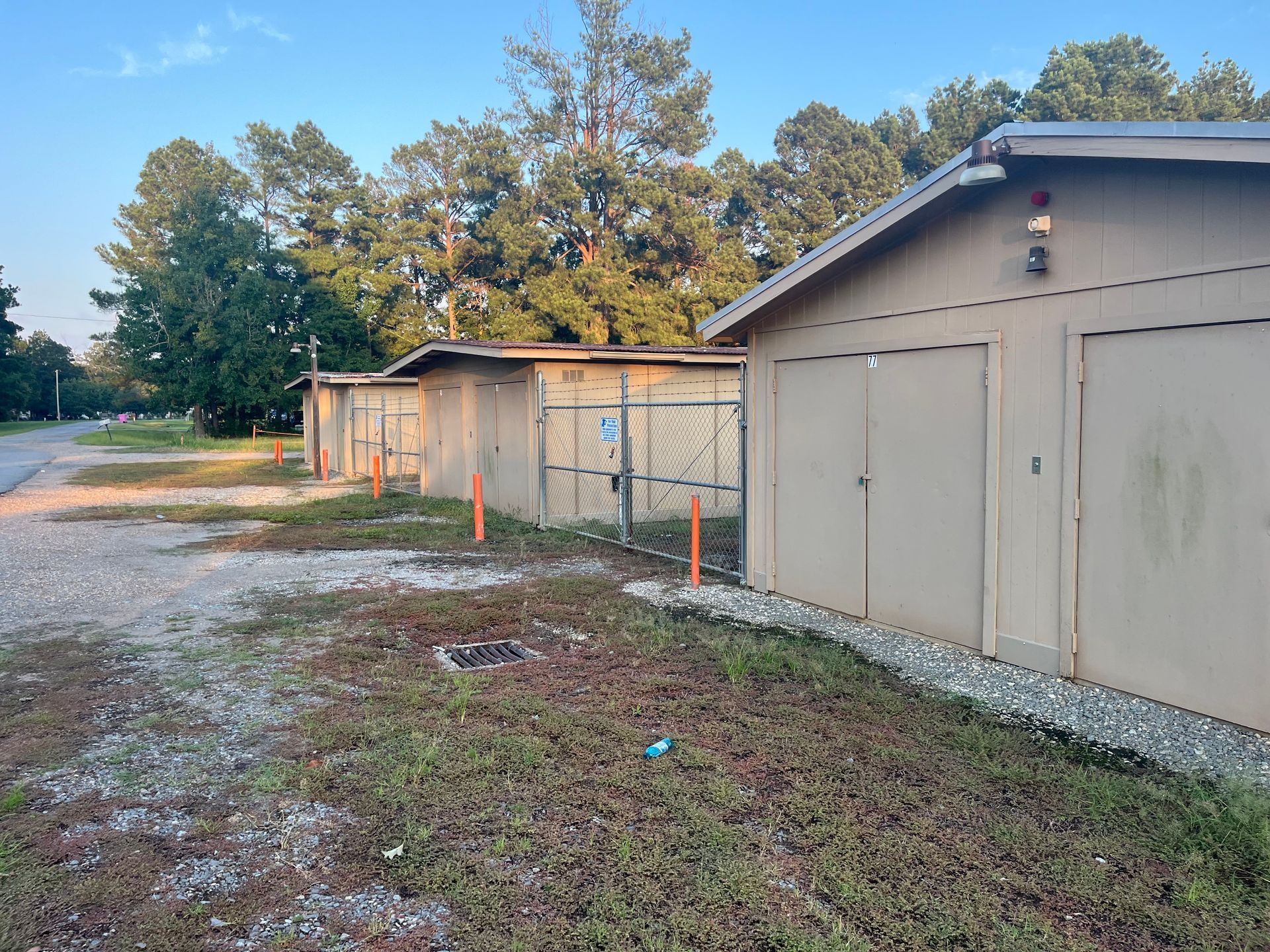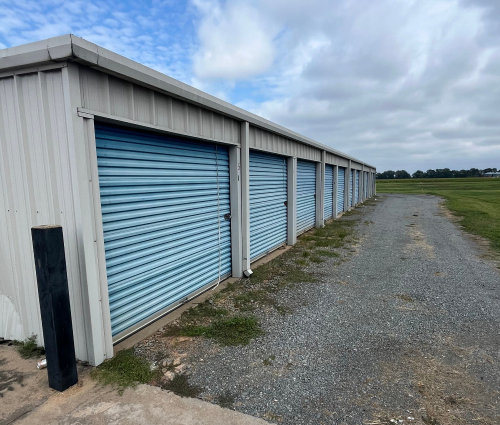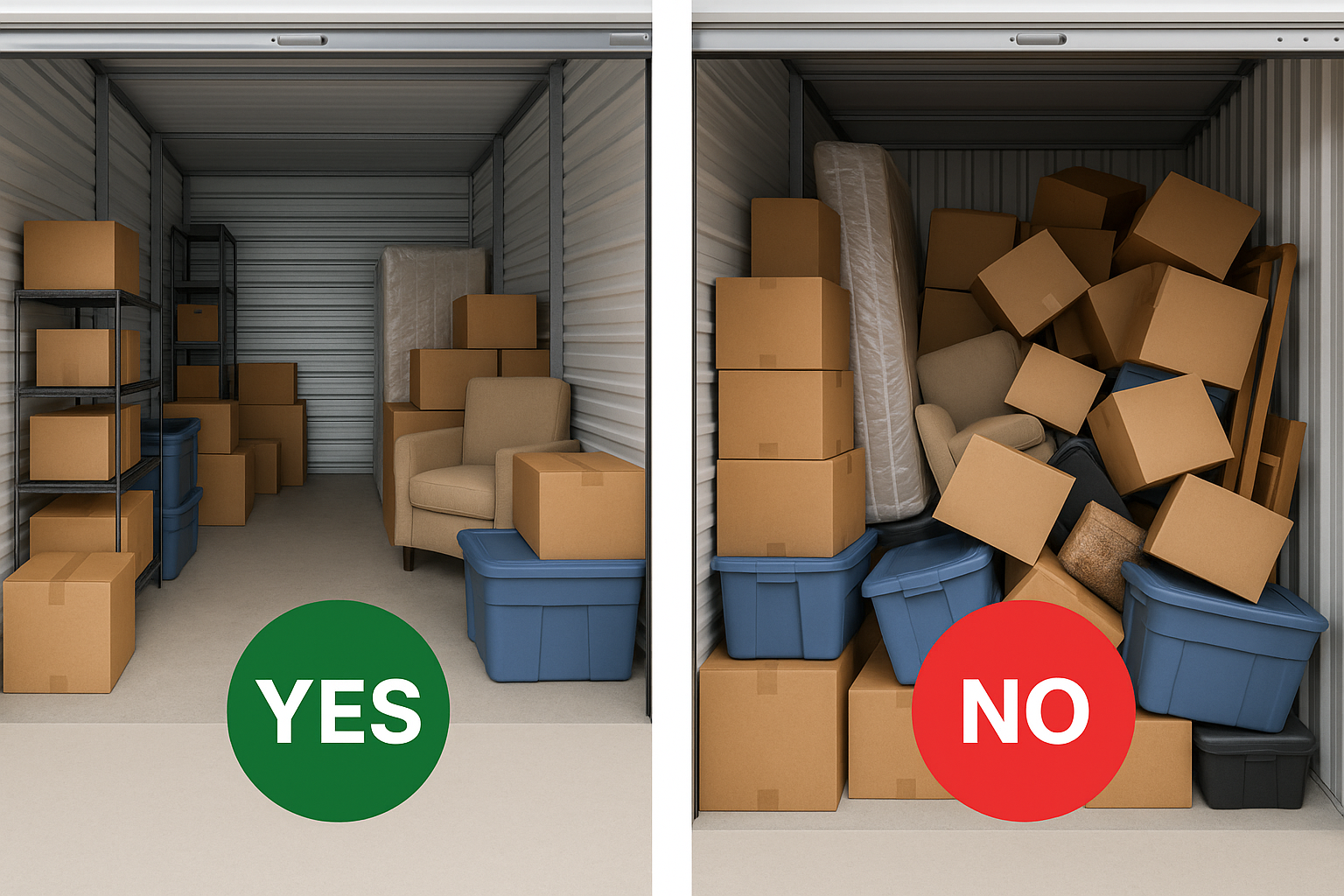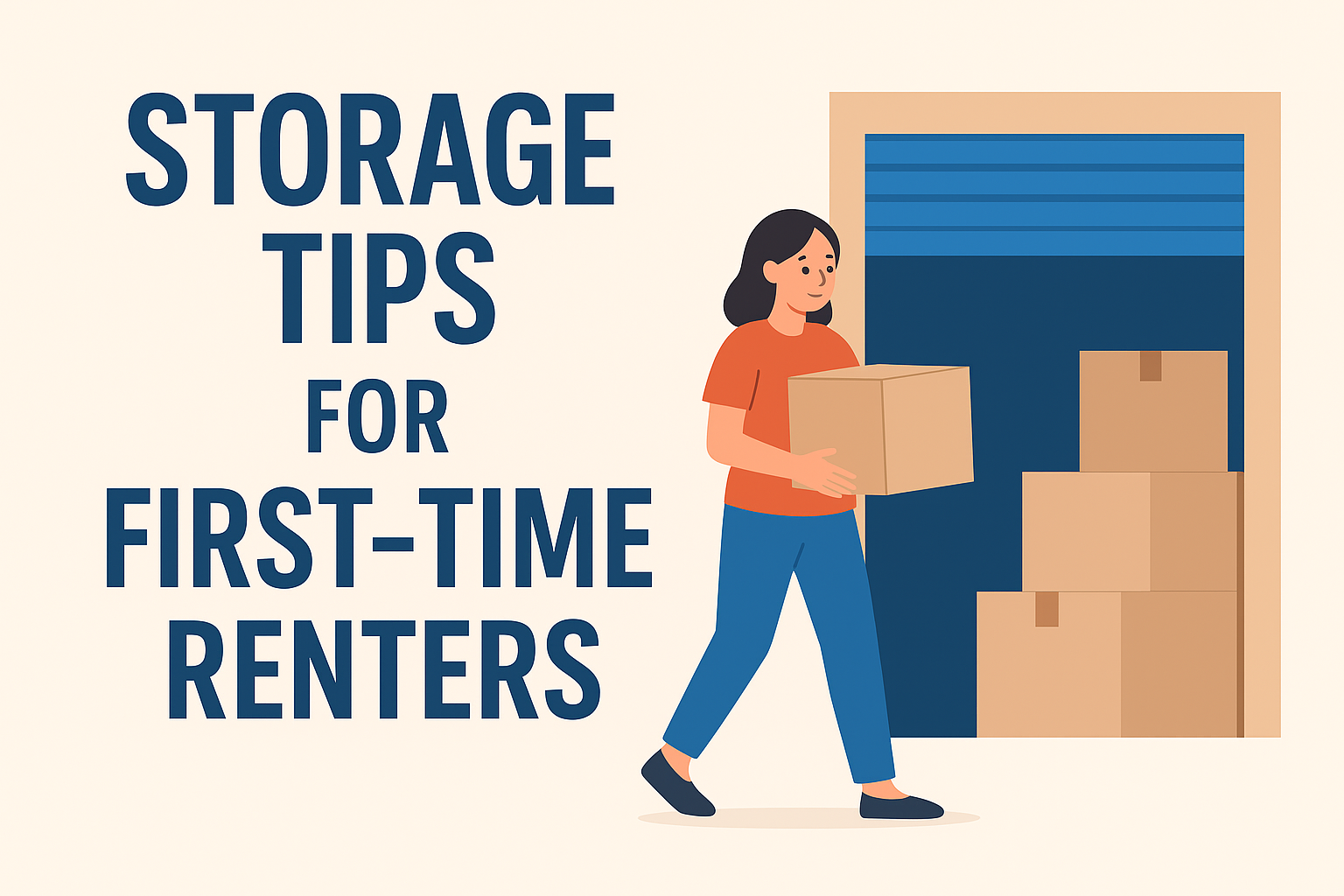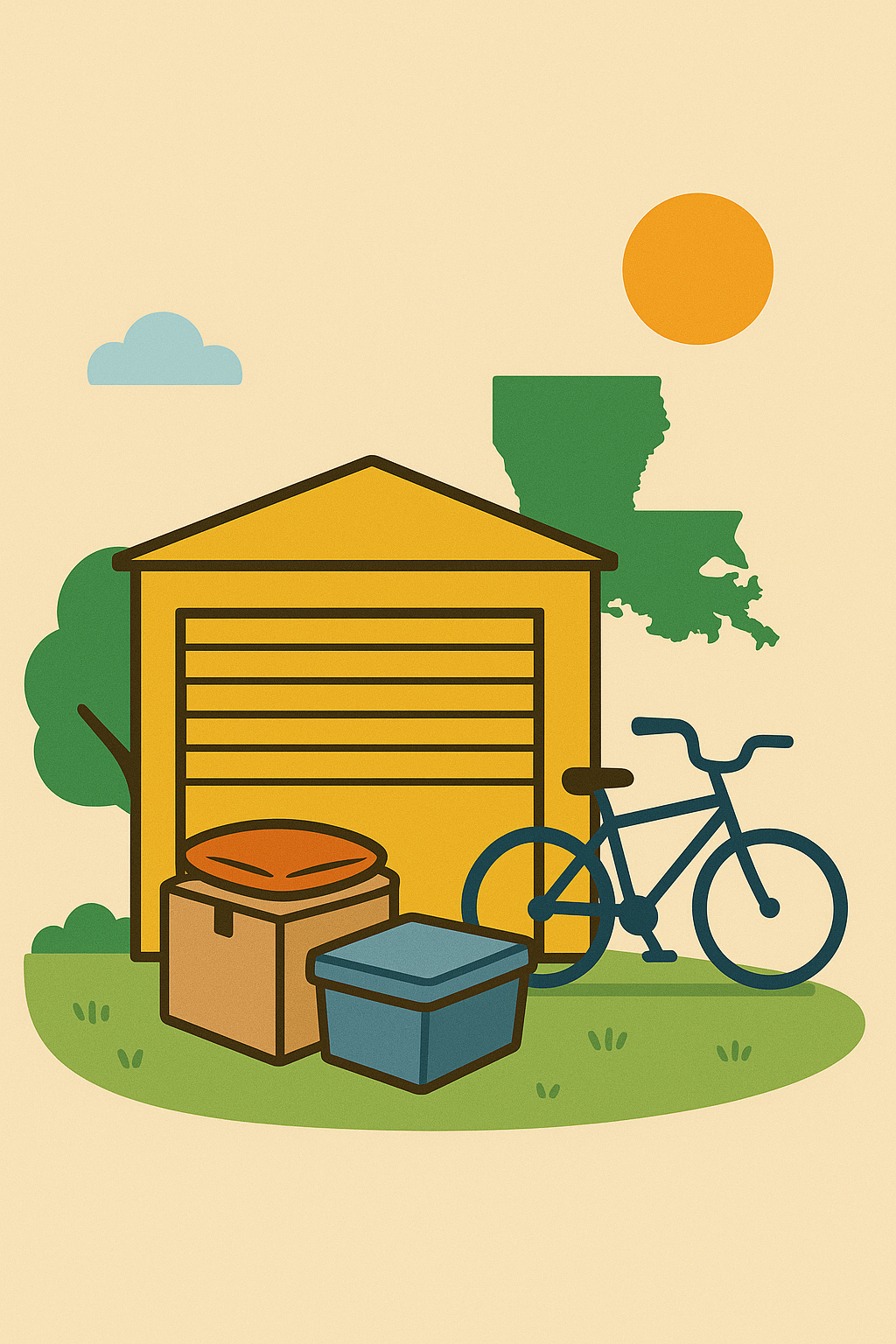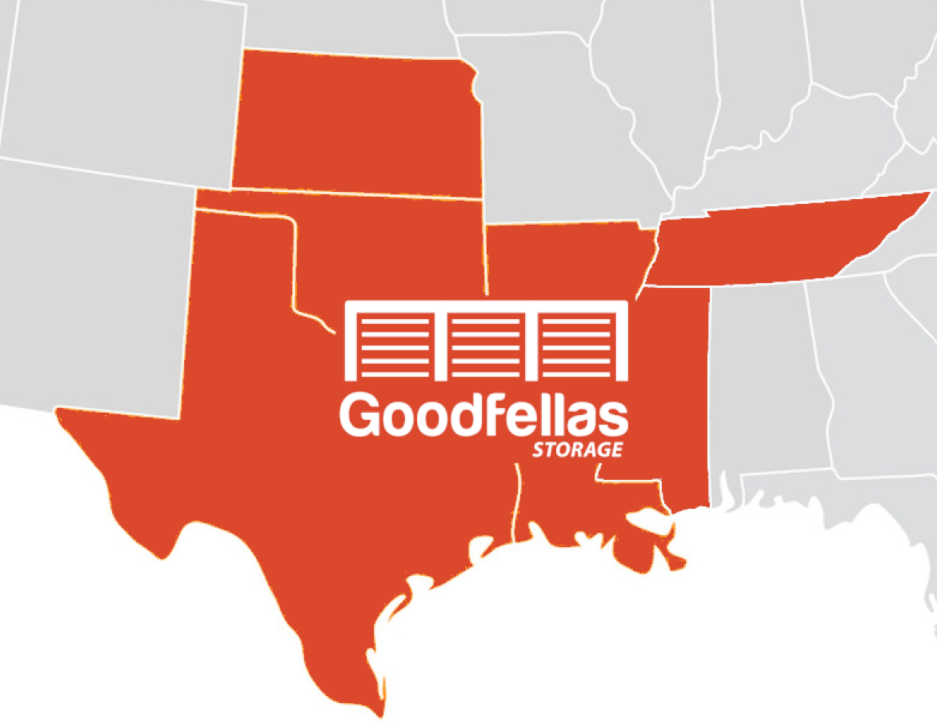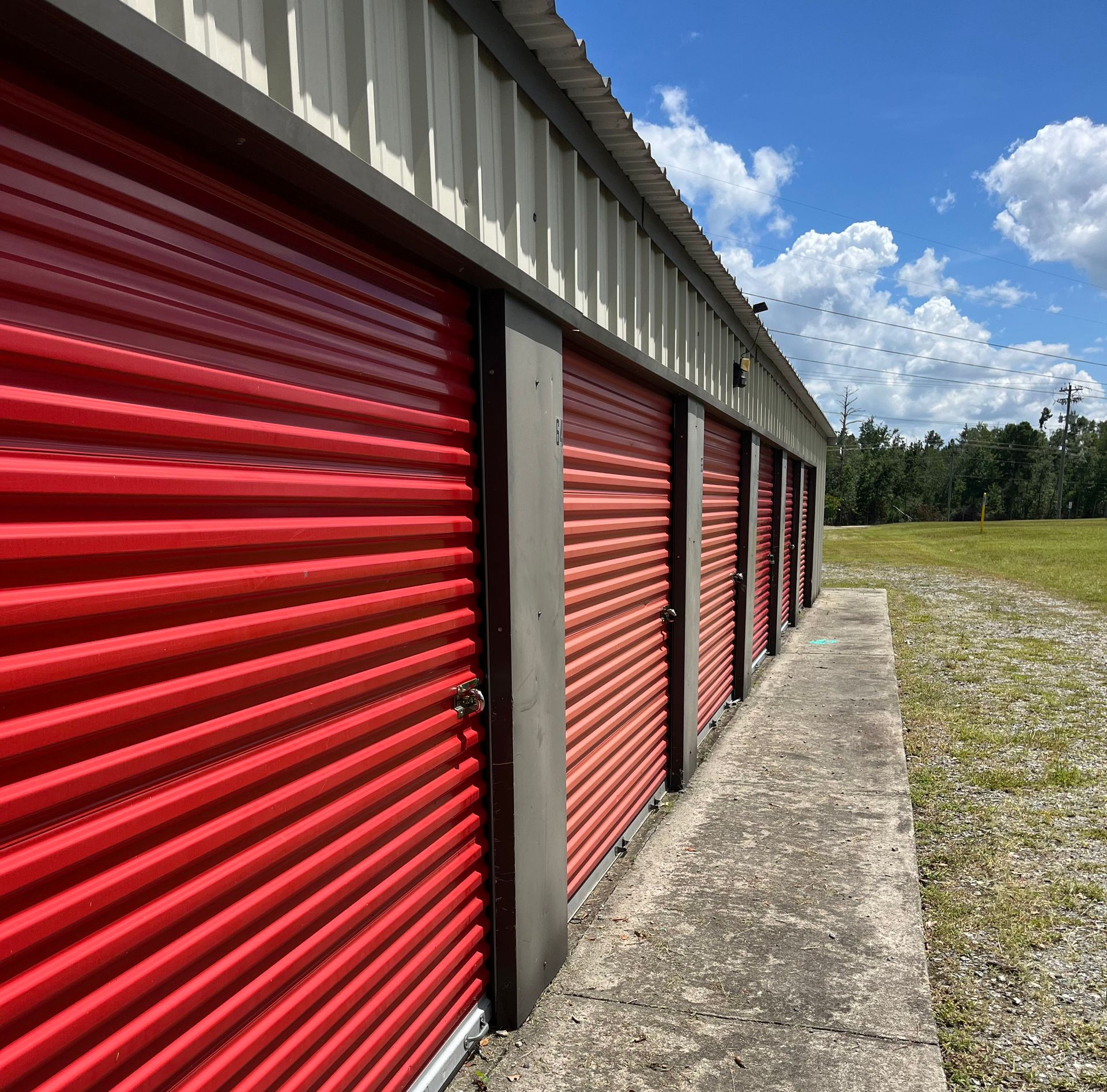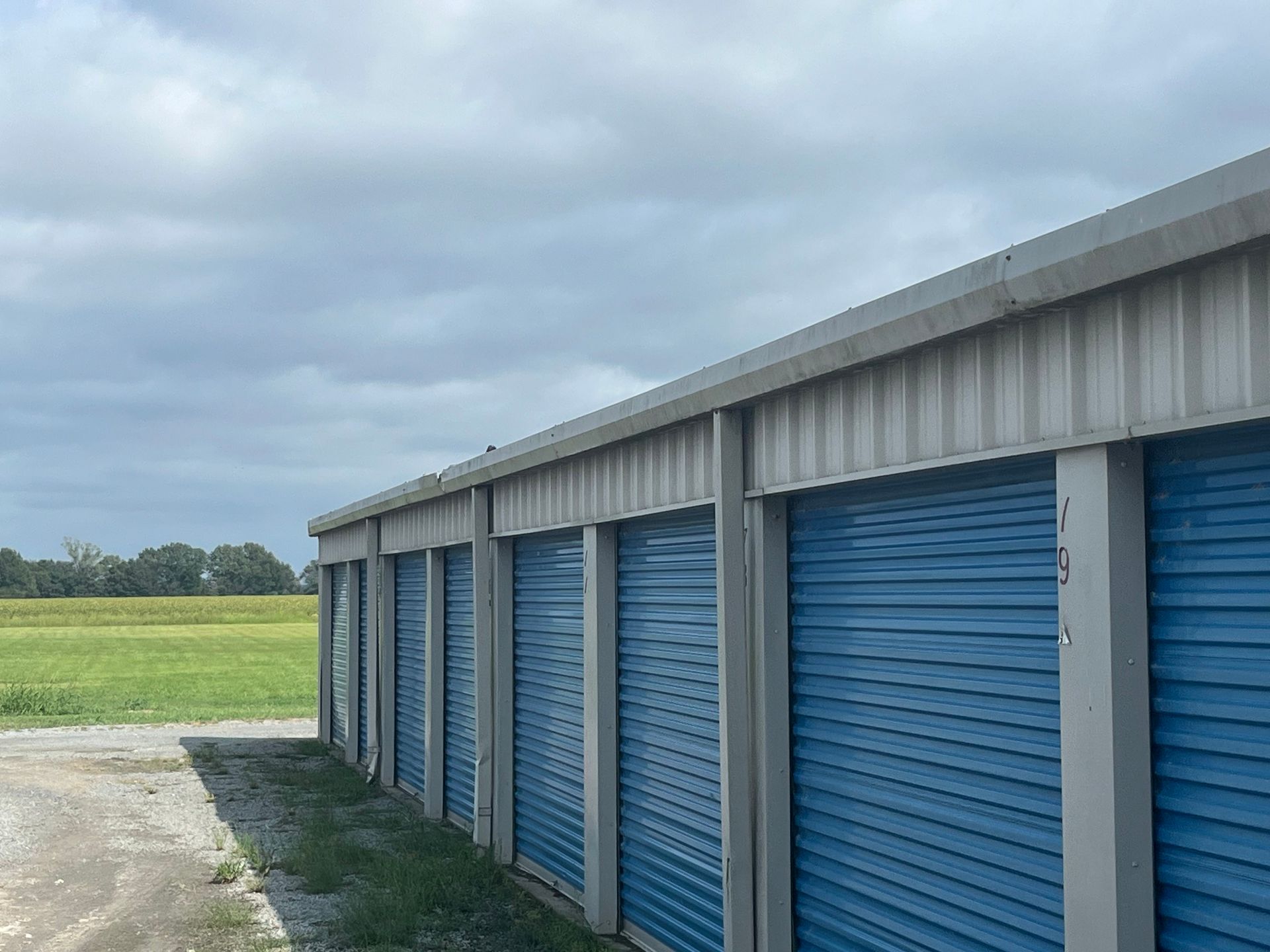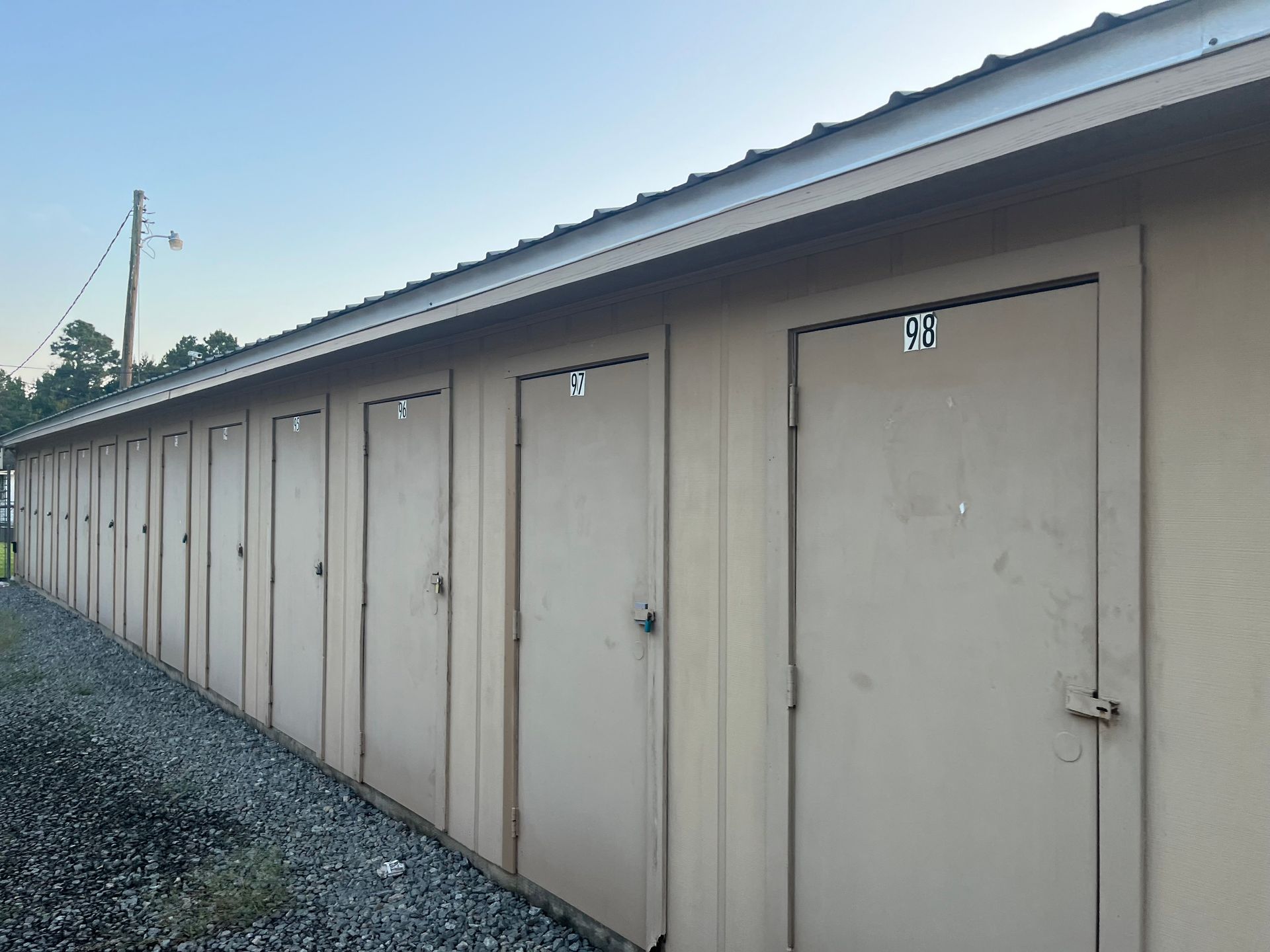Comparing Storage Demand in the Carolinas vs Georgia
How population growth, housing trends, and new supply are shaping self-storage demand across the Southeast

The Carolinas and Georgia share a lot in common — warm weather, economic growth, and a steady stream of new residents. Both states have been magnets for people relocating from other parts of the country, and that growth has fueled strong demand for self-storage. While each market has its own nuances, both are poised to remain strong players in the Southeast storage industry.
Goodfellas Storage knows this first-hand. With multiple locations across the Carolinas and an expansion into Georgia coming soon, we’ve been watching the data closely to understand how each state’s unique trends shape storage needs.
Population Growth: A Major Demand Driver
Over the last few years, both the Carolinas and Georgia have seen impressive population gains. South Carolina has been one of the fastest-growing states in the nation, driven largely by domestic migration. North Carolina, especially the Raleigh-Durham and Charlotte metros, continues to attract new residents thanks to strong job markets and quality of life.
Georgia’s population is larger overall, and the Atlanta metro remains a powerhouse, adding thousands of new residents each year. This steady influx of people increases housing demand — and in turn, storage demand — as new residents settle in, downsize, or wait for homes to be ready.
Housing Trends and Who’s Renting Storage
Self-storage is closely tied to housing churn — people moving, renovating, or downsizing often need extra space.
In the Carolinas, growth in both urban and suburban areas has been consistent. The Research Triangle in North Carolina and the coastal cities of South Carolina are seeing a mix of renters and homeowners driving demand for a variety of unit sizes. In Georgia, Atlanta’s large renter population creates a steady flow of short-term storage users, while suburban and secondary markets like Savannah and Augusta often see more long-term storage needs.
New Storage Supply on the Market
One factor shaping the storage landscape in both states is new supply. Developers have been busy across the Southeast, and some markets have seen a wave of new facilities open over the past year. In areas where new supply is concentrated — such as suburban Atlanta — occupancy rates can soften temporarily.
In the Carolinas, new development has been more uneven, with high-growth metros attracting more projects than smaller markets. This creates opportunities in areas where population growth is strong but supply is still catching up.
Pricing and Vacancy Trends
Rental rates in both states have experienced slight fluctuations as new facilities come online, but overall demand remains healthy. Areas with balanced supply and demand tend to see more stable pricing, while markets with heavy development may offer competitive rates to attract customers.
For customers, this can mean better move-in specials and more choices. For operators like Goodfellas, it means focusing on convenience, customer service, and competitive pricing to stand out.
What’s Driving Demand in Each State
While both the Carolinas and Georgia benefit from population growth and strong economies, the drivers differ slightly:
- North Carolina: Strong tech and research sectors draw professionals and families, creating demand for both small and large units.
- South Carolina: High in-migration rates and coastal living drive demand for boat and RV storage, along with household storage.
- Georgia: A mix of urban churn in Atlanta and steady demand in smaller metros provides a diverse customer base.
Goodfellas Storage and the Southeast
With our expansion into Georgia on the horizon, Goodfellas Storage is excited to bring the same convenient, secure storage options we’ve offered in the Carolinas to new communities. Our approach is simple — understand the local market, provide the right mix of storage solutions, and make renting easy.
Whether you’re in the Carolinas or Georgia, you can explore our Size Guide to find the perfect fit for your needs or Contact Us to speak with our team.
Related Reading
- South Carolina Storage Trends to Watch in 2025
- Goodfellas Storage: Our Expansion Plan for the Southeast
- Abbeville Storage for Contractors & Tradesmen
- Manning Storage: Space for Growing Families
Storage in the Carolinas vs Georgia: Frequently Asked Questions
Q: What’s the average cost of storage in Georgia?
A: Prices vary by city and unit size, but standard 10x10 storage units in Georgia typically range from $85–$130 per month. Urban areas like Atlanta may run higher due to demand and amenities.
Q: How much does storage cost in the Carolinas?
A: In the Carolinas, a standard 10x10 unit usually ranges from $75–$120 per month, depending on the market. Coastal cities and high-growth metros may see higher rates.
Q: Is storage demand higher in the Carolinas or Georgia?
A: Both regions have strong storage demand driven by population growth and housing trends. The Carolinas benefit from steady in-migration and coastal storage needs, while Georgia has a large urban market in Atlanta along with active secondary markets.
Q: How does population growth affect self-storage?
A: More people moving into an area means more moving, downsizing, and temporary living situations — all of which increase demand for storage units.
Q: Will more storage facilities lower rental prices?
A: In areas with heavy new development, competition can lead to move-in specials and slightly lower rates. In balanced markets, pricing tends to be steadier.
Q: What types of storage are most popular in each state?
A: In the Carolinas, a mix of standard units and boat/RV storage is common, especially near the coast. In Georgia, smaller urban units are popular in Atlanta, while suburban and rural areas often see demand for larger spaces.
Q: Is Goodfellas Storage opening in Georgia?
A: Yes — Goodfellas is expanding into Georgia very soon, bringing the same secure, convenient storage options we offer across the Carolinas.
